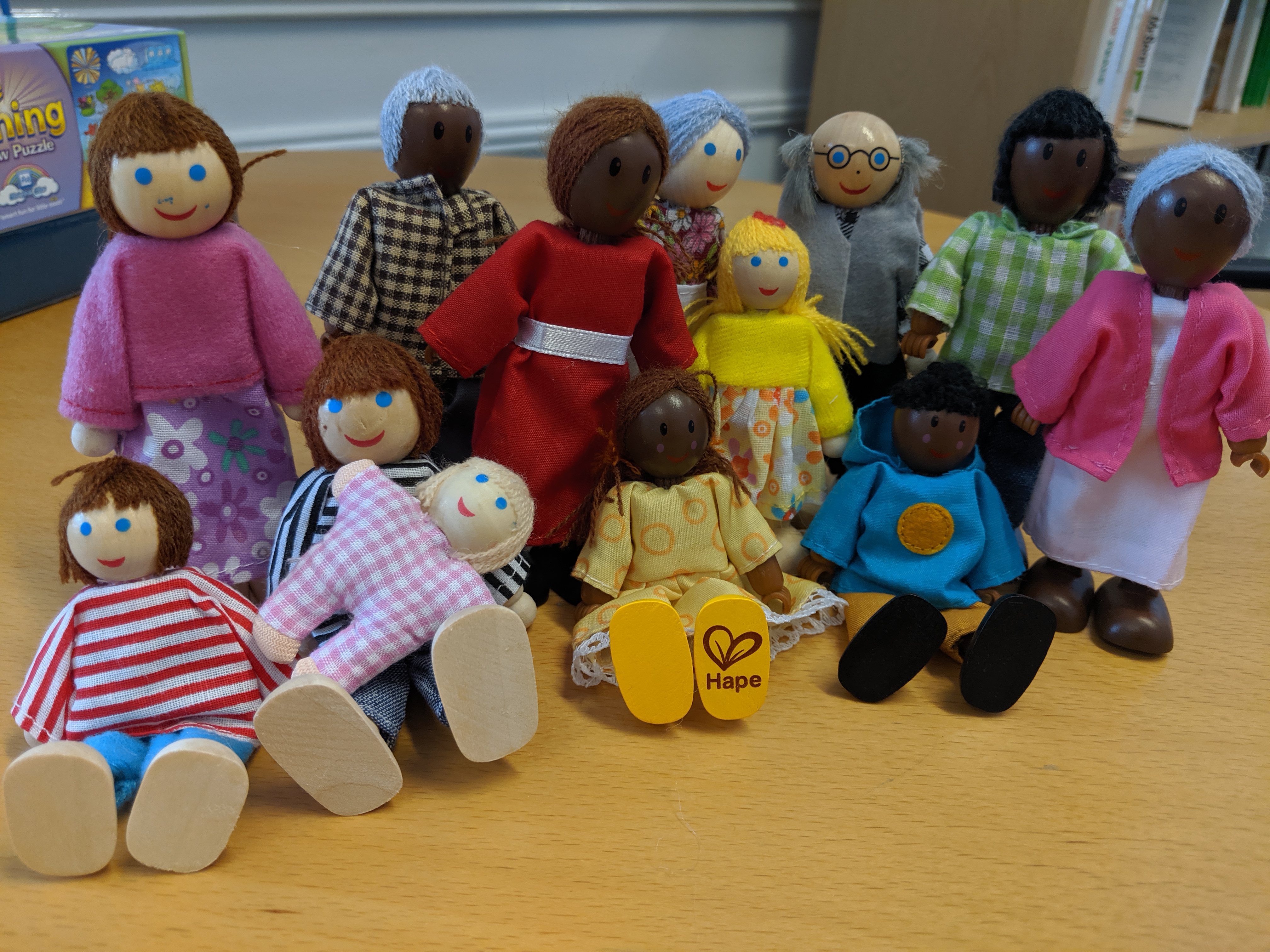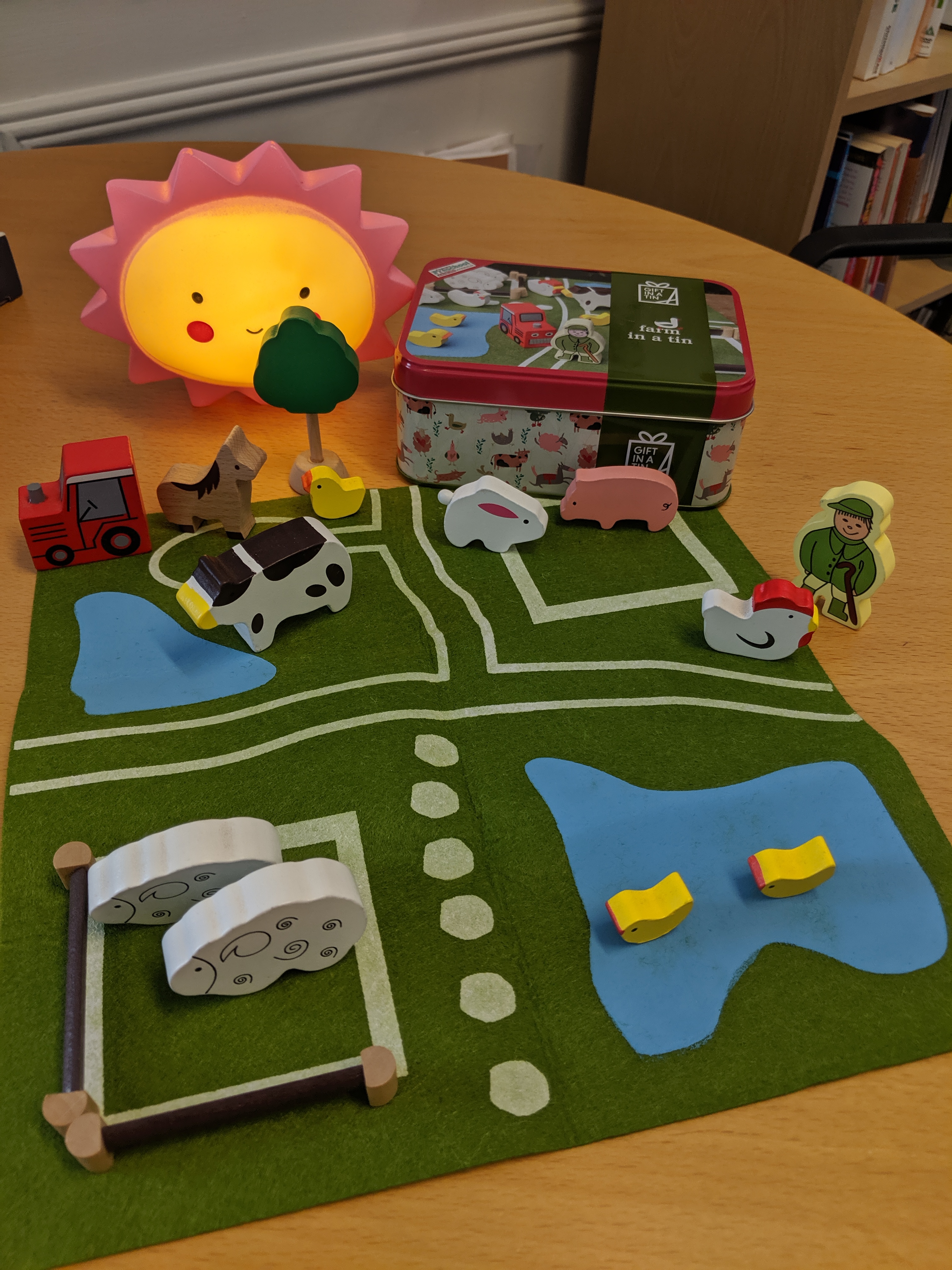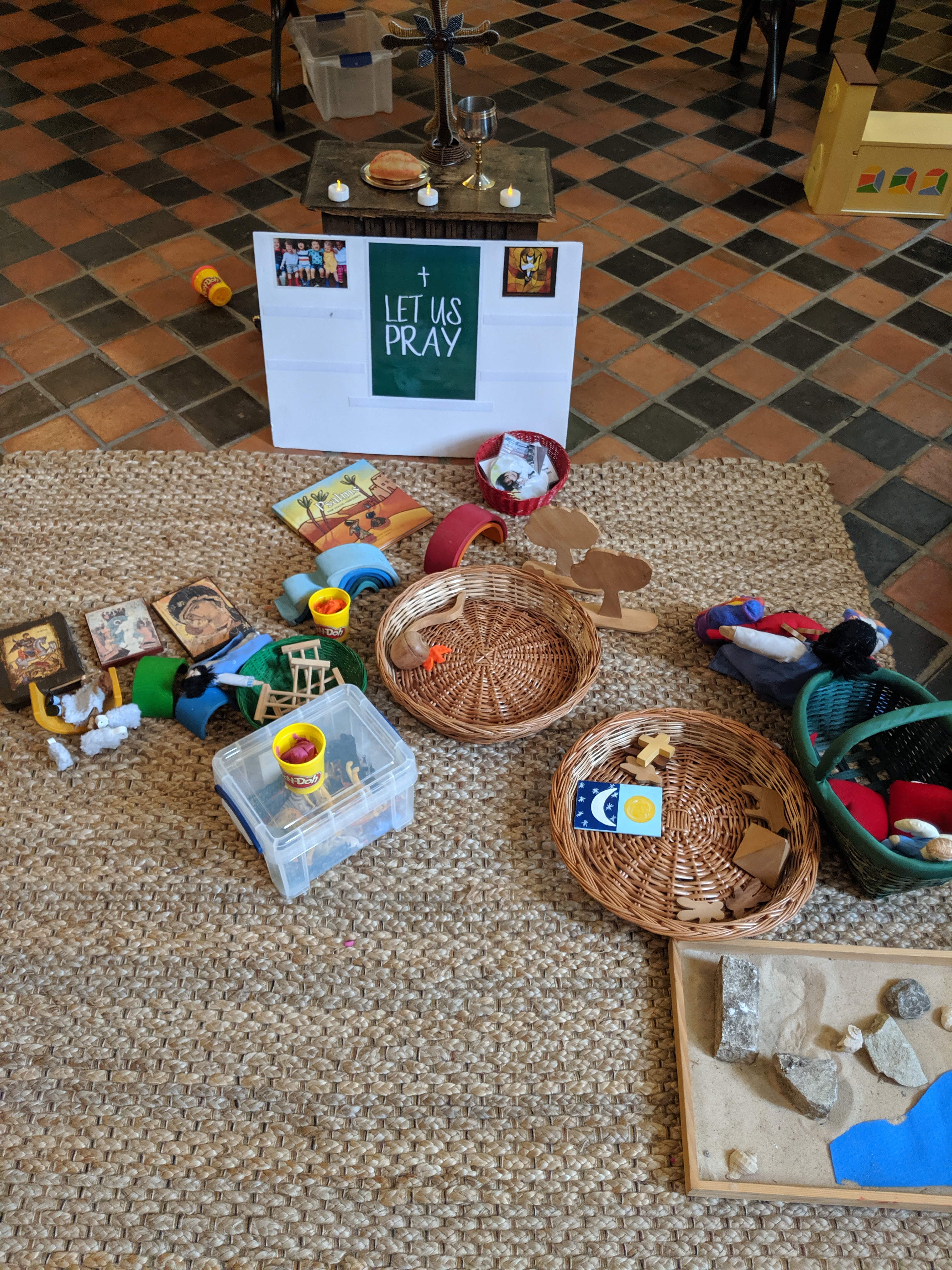Yesterday, my church celebrated our Dedication Sunday. Our vicar preached with gratitude and love for all that we had done together to keep the church’s mission and ministry going during the pandemic. But he did mention something that many other churches have asked me about over the last few months – our volunteers have quit, in alarming numbers, over the last 18 months.
Why is this happening?
For some, it’s that committing to regular volunteering in uncertain times feels impossible. We don’t know if we might have to suddenly self-isolate with no notice, and we’re worried about letting people down if we do. We struggle with quickly responding and adapting to changing regulations – planning a Junior Church session is fine, but planning six different versions of it, depending on what we might be allowed to do, and then writing a detailed risk assessment, is too much. Or our own responsibilities multiplied over the pandemic – home-schooling, working from home, caring for relatives – and we just can’t stay on top of the church gardening as well.

For others, it may have been that we were close to burning out before the pandemic hit, and it just became an easy way to naturally stop something we no longer had the energy or enthusiasm for, but felt we couldn’t quit.
Or we may be in a group that’s particularly vulnerable to Covid, or live with someone who is, and we’re trying to minimise risk, and leading Toddler Group just feels like a step too far.
So now we as a church are trying to figure out a way forward, and all the children’s ministry stuff we used to do – Junior Church, or Messy Church, or Toddler Group, or schools ministry, or any number of things – and not only does it feel like the families have distanced themselves, but you also don’t have the volunteer support you used to have.
What Can You Do?
The simplest way of encouraging people to volunteer is to ask. Definitely in a general way, from the front, but also personally. “People like to be asked,” a vicar told me the other day, reporting on an elderly gentleman who she asked to help with a project, and who told her, emotionally, he hadn’t been asked to do anything at church for years. “People like to feel useful.” The personal touch can help. And in thinking about who to ask to help with children’s ministry, don’t just think about young parents (and especially not just young mums) – people of all ages can have a gift for ministering with children. Extra grannies and grandpas can help form deep faith, and create nurturing inter-generational relationships. And if there are admin or organisational tasks needed to help run your children’s ministry, people can do those, even if they’re “not good with kids.”
And think about changing trends in volunteering – an NCVO webinar I attended a few years ago pointed out that people these days tend to like volunteering for shorter, time-limited events, rather than ongoing commitments. So someone may not be happy to lead Junior Church every other week, forever, but they might be happy to organise the Crib Service. Or a half-term holiday club.
But there are bigger questions raised by this slump in volunteer numbers.
Going Back To Normal?
It is tempting to think “how can we make it so that things can go back to normal? How can we find the same number of volunteers we had before, so we can do the same things?” But it may be that God is calling you to a different way of doing things, a different way of being.
Perhaps the lack of volunteers is an opportunity – instead of doing separate things for children, which require a number of specialist volunteers, your congregation can think about ways to further integrate children into what the rest of the church is already doing. What if you stopped trying to do Junior Church every week, for example, and instead did it once or twice a month? The other weeks, use simple techniques to integrate children further into worship – I asked a few parents and clergy for easy ways to do this the other day, and here’s what they came up with:

- Provide everyone, of all ages, with paper and drawing materials. Encourage people to draw or write in response to what happens during worship.
- If you have a children’s area, can you make it larger? With things for toddlers but also for older children?
- Encourage children to come up and sit around the altar during the Eucharistic prayer.
- Keep children in church with clergy. Send everyone else out to self-guided groups with some discussion questions for part of the service.
In the longer term, can you make it a goal for the whole church to take seriously the idea of welcoming children and families, and including them in worship? What would it take for this to happen? Would it be more or less work than trying to re-launch separate programmes from scratch? Would the families you used to have be interested, or would they only be interested in coming back to the same thing they used to do?
Outside of Sunday morning worship, are there opportunities to include children and families in things that are already happening, so you need fewer volunteers?
For example, if you have a “tea and a chat” club for the elderly, is there a way of combining this with a toddler group, for at least part of the time they’re together? Yes, you would still need volunteers who were good with families, and volunteers who were good with the elderly, but you’d only need half as many people to set up, do the refreshments, tidy everything up, if you were only doing it once! The toddlers could have some time on their own to begin, then everyone could meet together for a while, and then the elderly could have some time on their own to finish.
If you have a group who works on a local issue of justice – homelessness, or a Foodbank – could they meet in an evening, include prayer and pizza, and make this group open to older children and teenagers who also care about these issues?
There may still be places where we want children to be just with children. This provides the opportunity for them to make friendships more easily than if their parents are right there, and it allows us to tailor things for different ages or interests. I’m not saying get rid of everything children do on their own. But if we start shifting our thinking from “how can we get lots of people to run all the programmes we used to run for children” to “how can the whole church move to open up what we’re already doing, so children and families can be more included?” we may find, with time, that our intergenerational relationships, worship, and ministry are flourishing in unexpected and wonderful ways.
UPDATE: In a discussion on social media, Wendy Claire Barrie, a children’s ministry expert from the USA, said the following, and gave permission for me to add it to this post:
A few thoughts from the other side of the Atlantic:
1. While young children remain unvaccinated, they are at risk and raise the risk of others, so it may not yet be time to match them with elders or have them stand around the altar.
2. Nimble is the word and mindset we’ve adopted. We are back in worship and with some programs here in NYC but have to be ready to pivot on a moment’s notice.
3. I am long past ready to reframe what parishioners do at church/for church events as volunteering. This is how church happens: we do this work together. What the lack of parishioners being willing or able to participate in this way must mean is fewer programs, events, classes, not that already overburdened staff take on more responsibilities.


 This prayer idea comes from E, who is five.
This prayer idea comes from E, who is five.














 So without further ado, here’s what we now have …
So without further ado, here’s what we now have …


